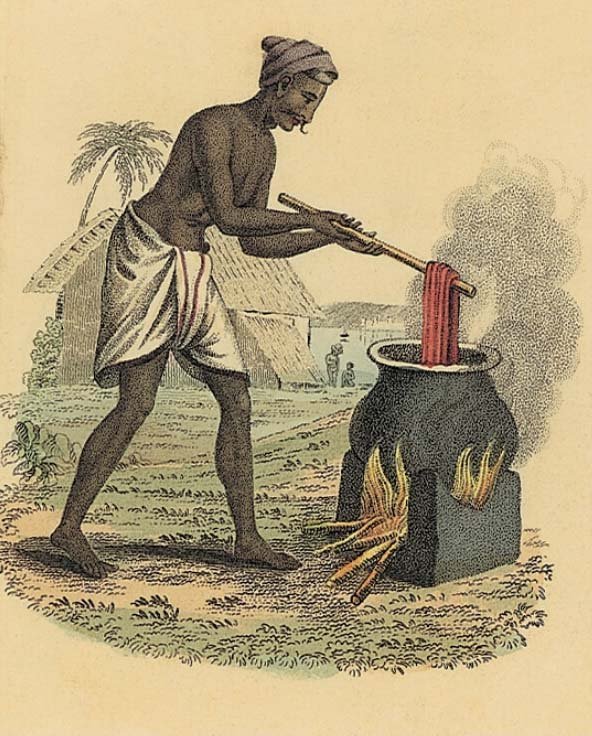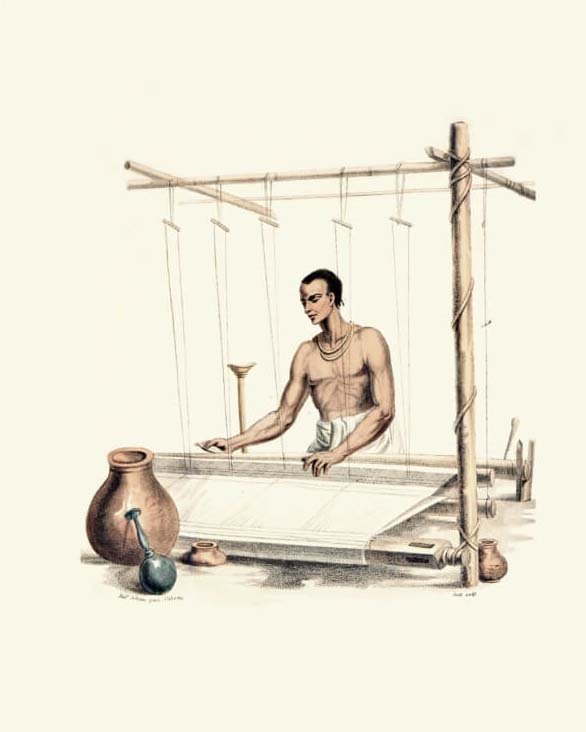OUR STORY
Started as a casual hobby by Praful and Shilpa Shah in the 1980s, the TAPI Collection took a more formal shape in the year 2000.
It was brought together from a simple desire to celebrate the richness of India’s textile traditions and at the same time to serve as a resource bank for design. Today, with its exceptional holdings of shawls, pichhwais, chintz, woven silks, embroideries and much more, TAPI has evolved into one of the most eminent collections of historic Indian textiles and art.

Suratte, on the banks of the River Tapi. 17th century engraving, TAPI Collection
COLLECTORS’ NOTE
To know more, read personal notes from the collectors narrating their journey- from
TAPI’s inception to its culmination into a distinguished collection.
Praful Shah
Read more…..

Shilpa Shah

MISSION
To integrate the past, present and future through the
rich lens of textiles and art.
VISION
To lead the way in the research, preservation and
dissemination of India’s textile heritage and artistic legacy.

VALUES
TAPI believes in fostering a culture that:
Ignites
Encourages
Care, collaboration and conversation across generations and continents
Educates
By transforming how we see, think and act
Celebrates
The wealth of artistic skill, innovation and expertise across India and beyond
Respects
Diversity in cultural traditions and creative expressions
Ignites
Encourages
Care, collaboration and conversation across generations and continents
Educates
By transforming how we see, think and act
Celebrates
The wealth of artistic skill, innovation and expertise across India and beyond
Respects
Diversity in cultural traditions and creative expressions
